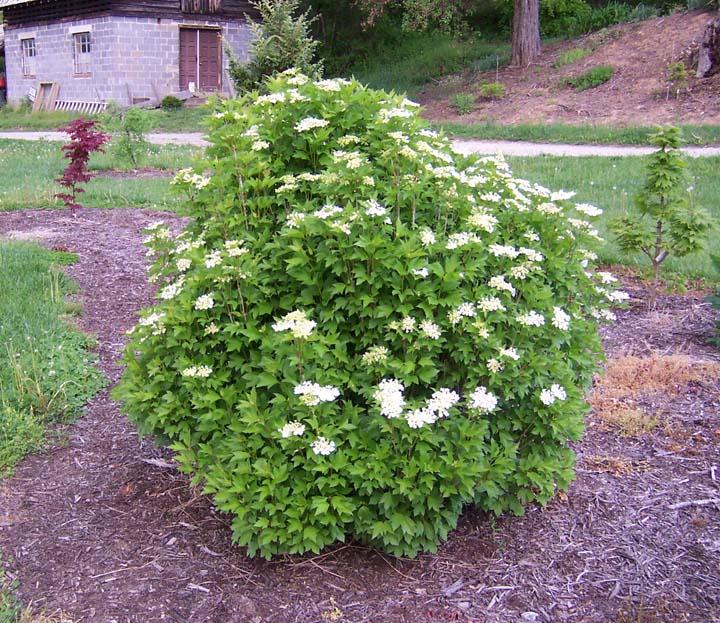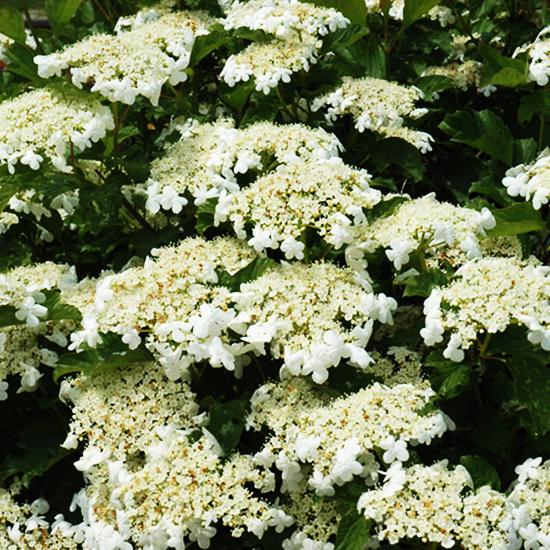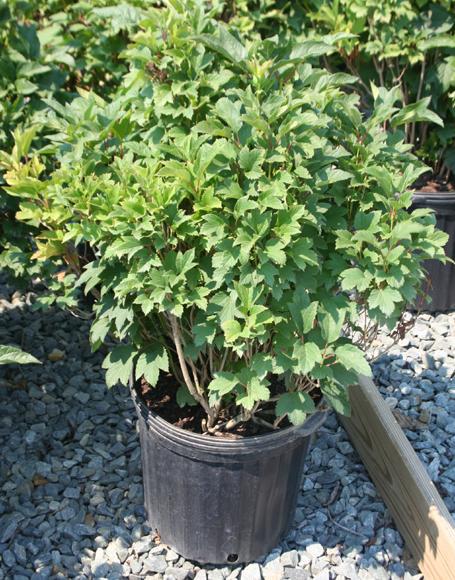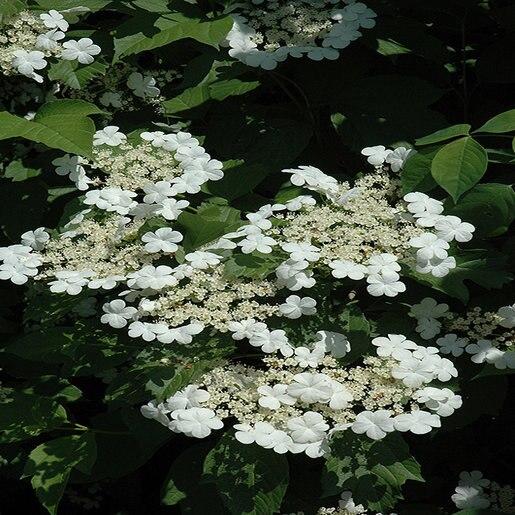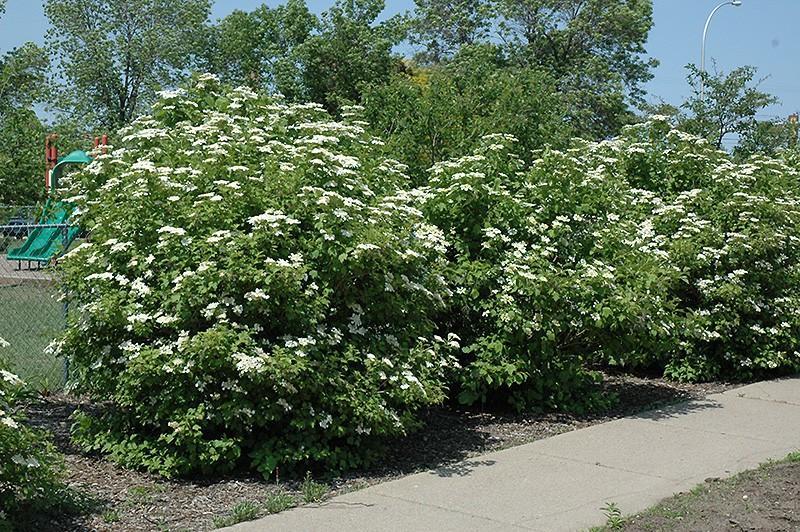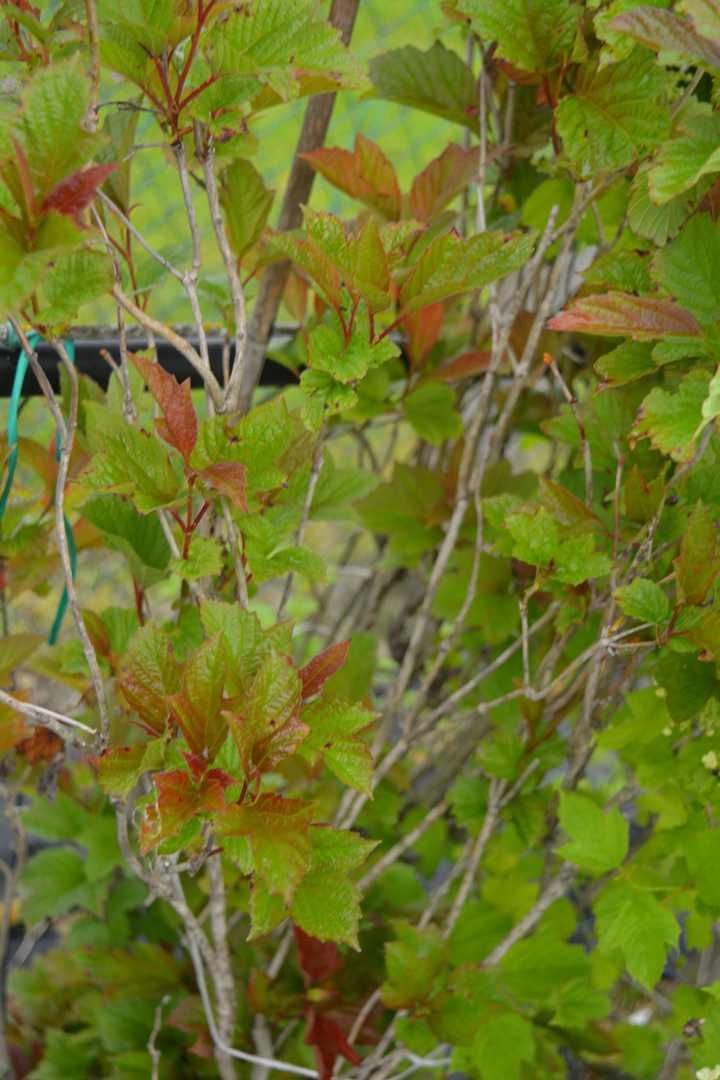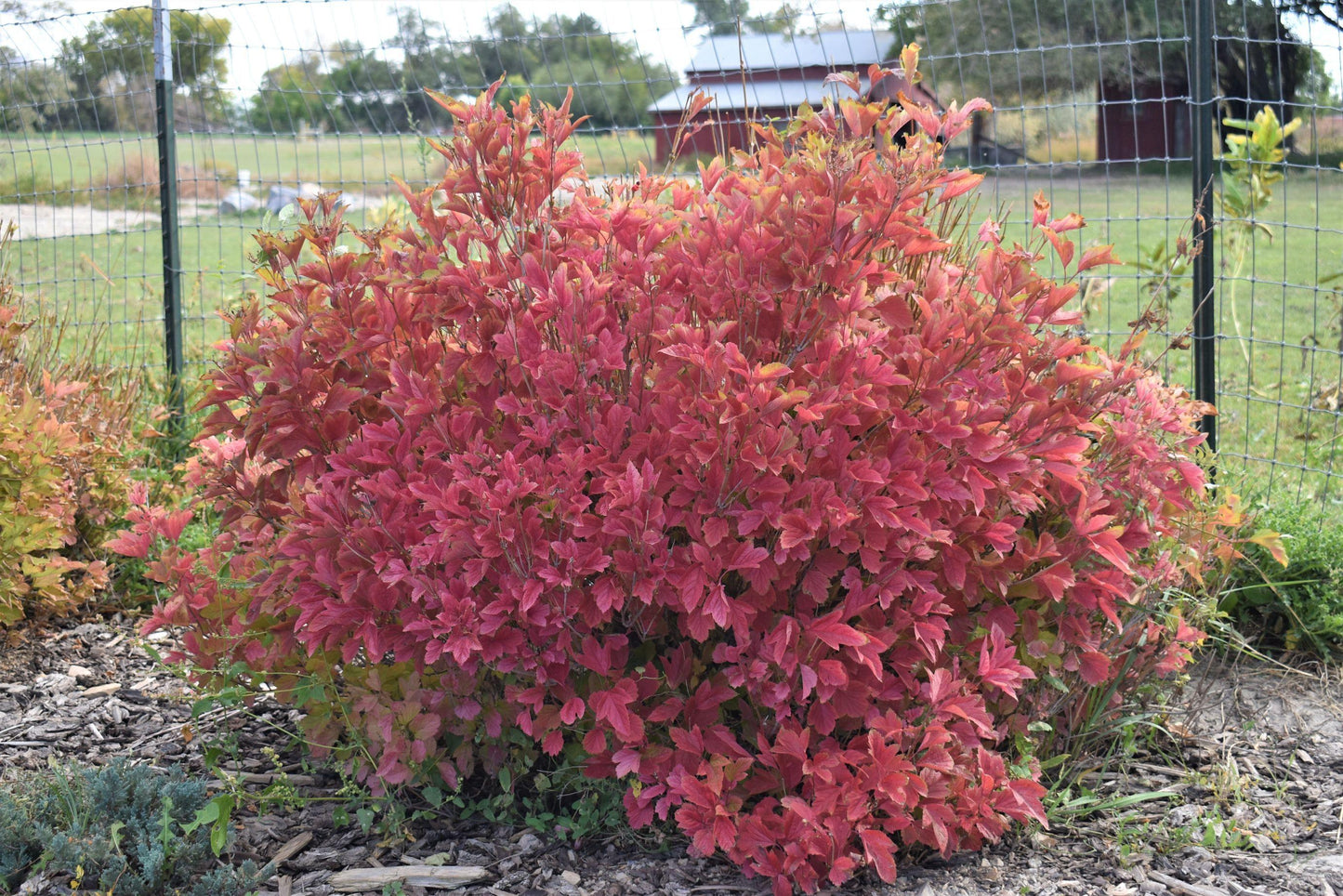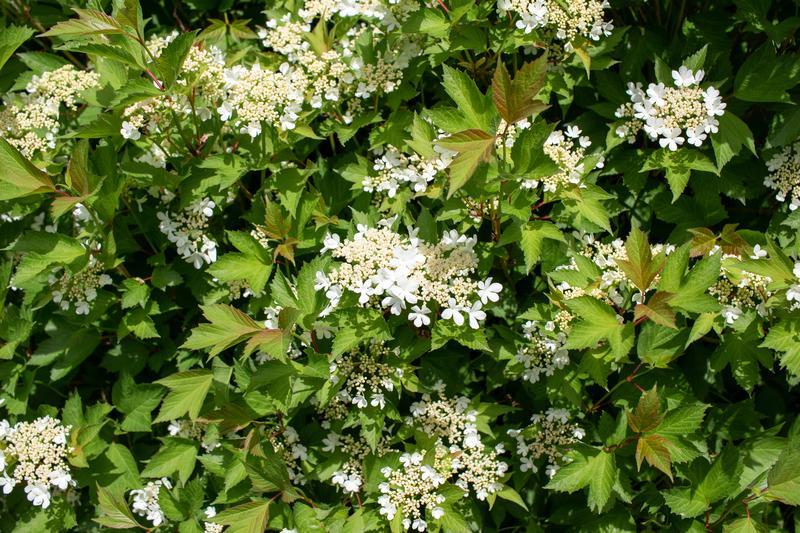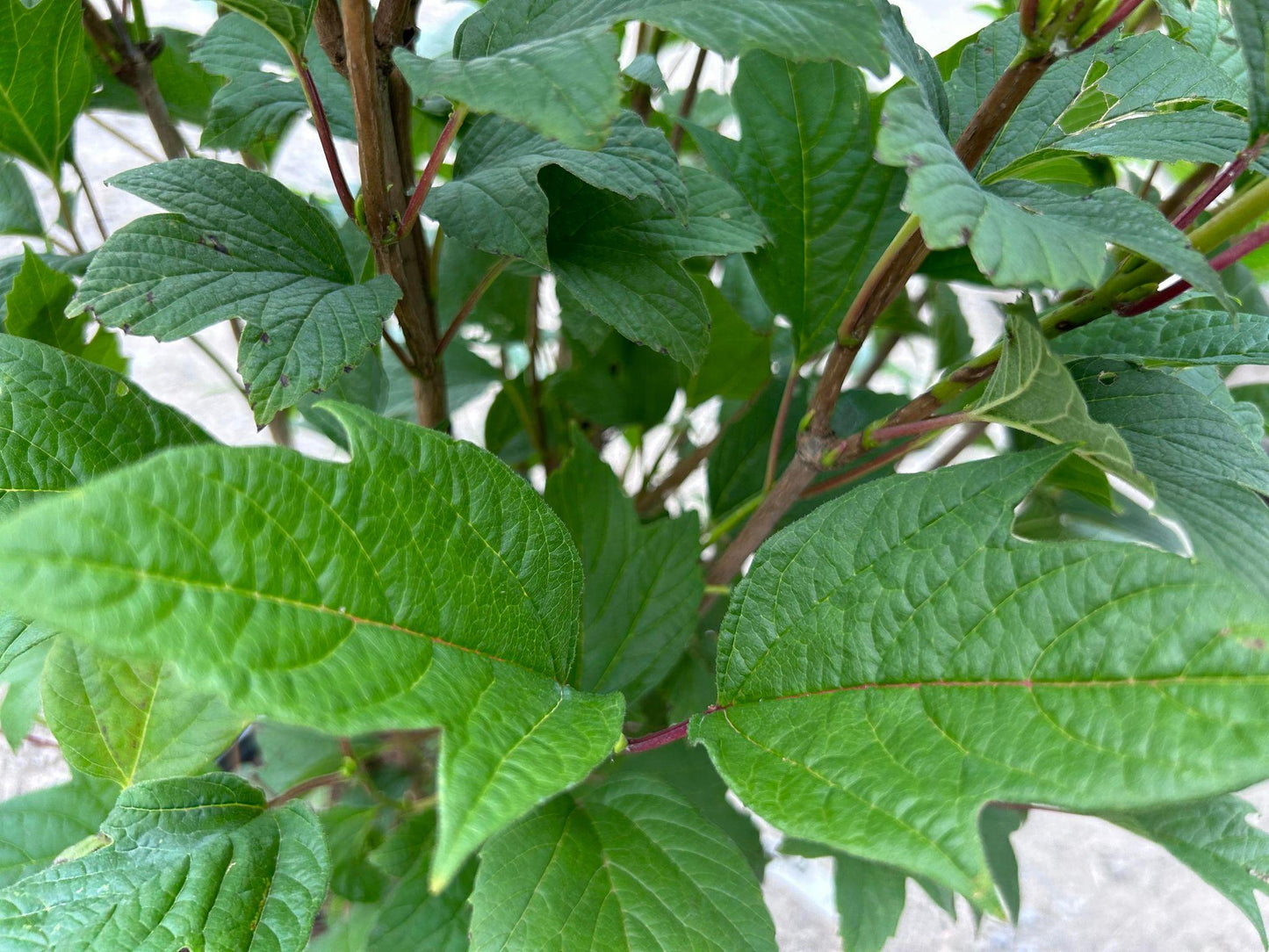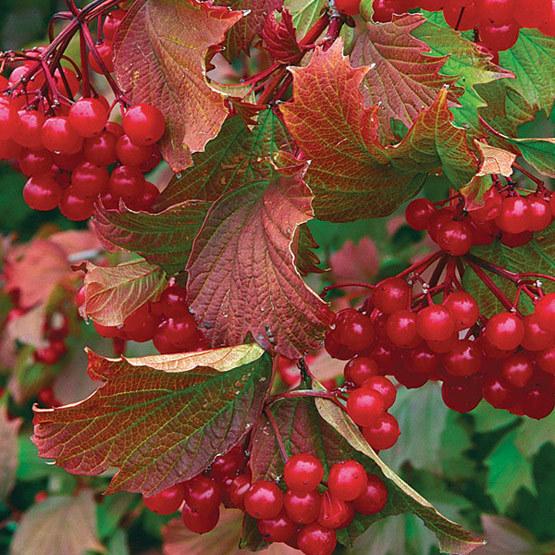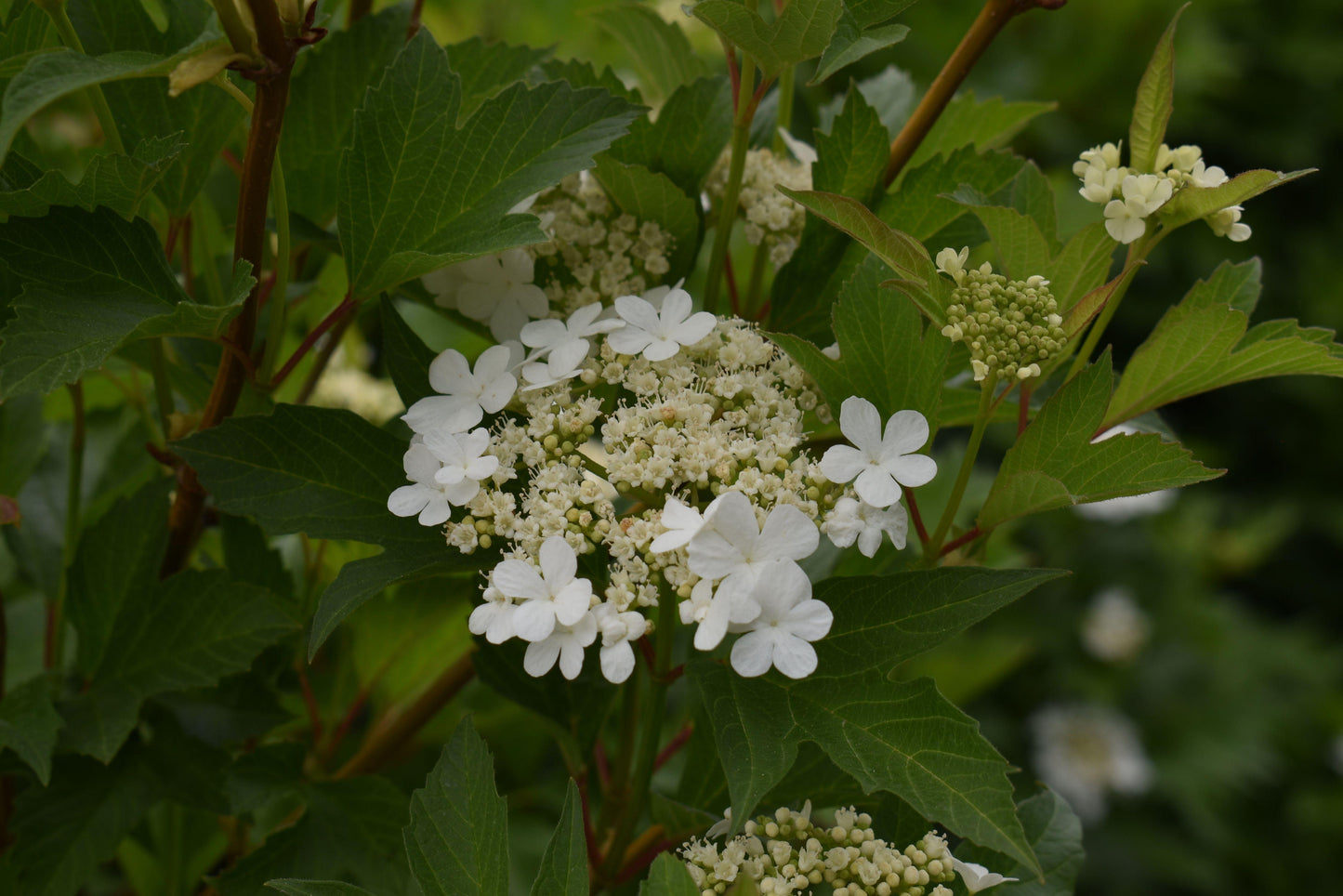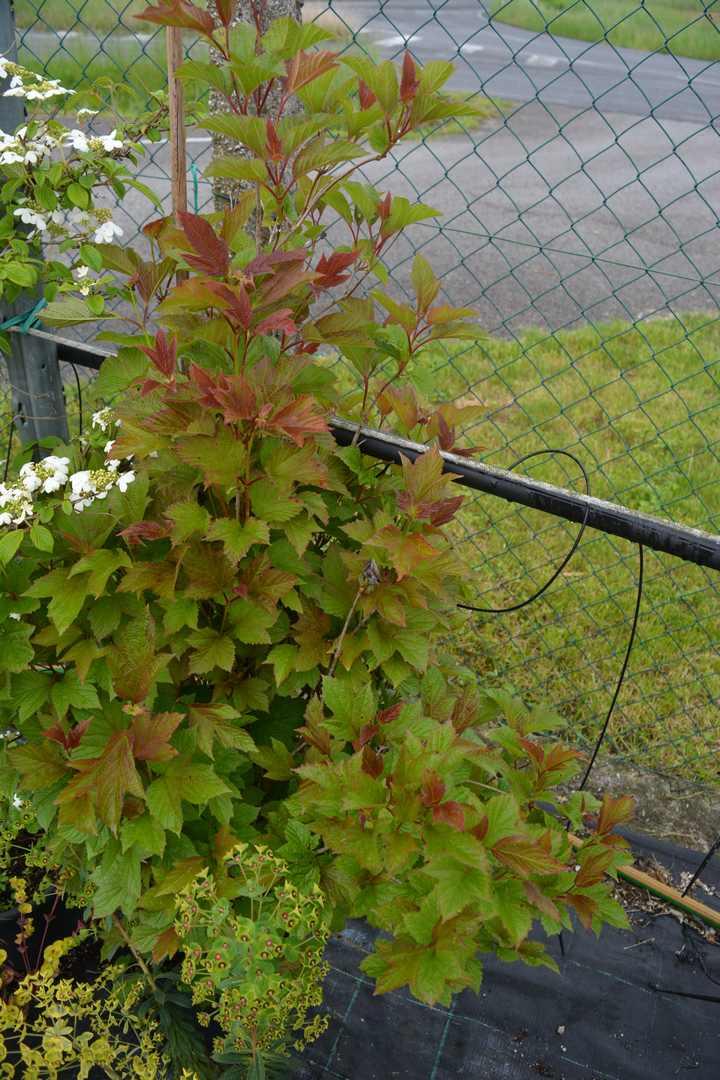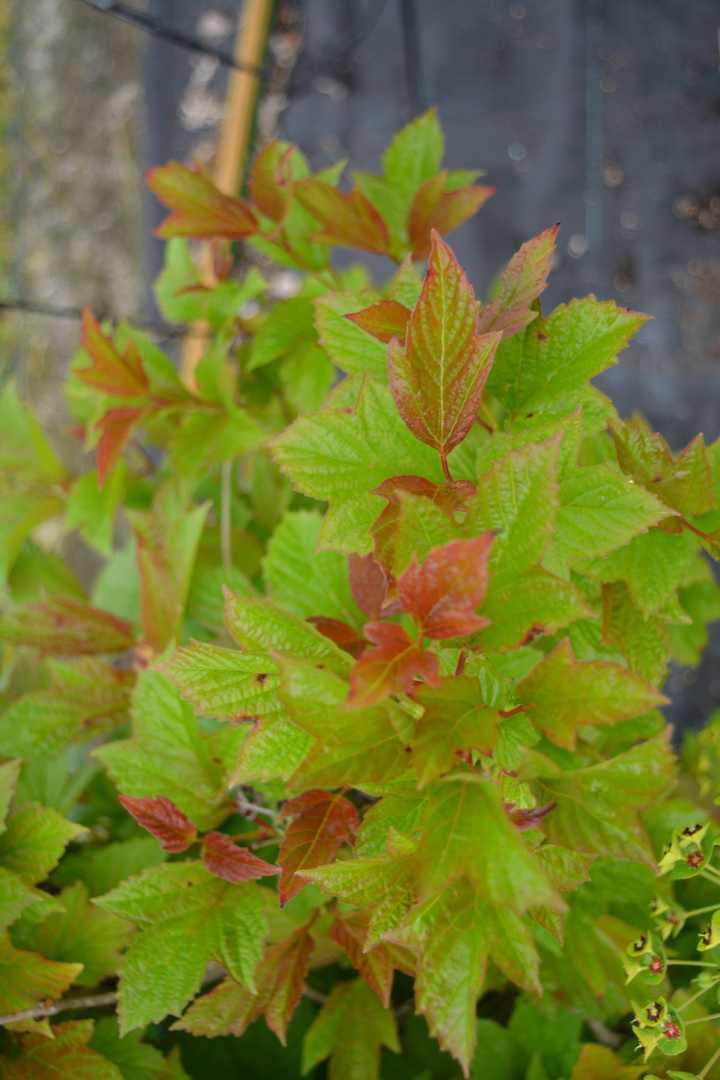1
/
of
18
Bailey Compact American Cranberry Bush-Deciduous Shrub-Attracts Pollinators 5 Gallon
Bailey Compact American Cranberry Bush-Deciduous Shrub-Attracts Pollinators 5 Gallon
Regular price
$216.00 USD
Regular price
$280.80 USD
Sale price
$216.00 USD
Unit price
/
per
Shipping calculated at checkout.
SKU:nsf9012-redcrocus
Couldn't load pickup availability
Viburnum trilobum compactum 'Bailey'
Description
The Viburnum trilobum compactum 'Bailey', commonly known as the Bailey Compact American Cranberry Bush, is a deciduous shrub known for its compact form and vibrant red berries. It features attractive, lobed leaves that turn a brilliant red in the fall, making it a standout in any landscape. In spring, it produces clusters of small white flowers that give way to the decorative berries.
Suggested Uses
This plant is ideal for use in mixed borders, as a hedge, or as a specimen plant. Its berries are not only decorative but also attract birds, making it a great choice for wildlife gardens.
Plant Details
-
 Botanical Name: Viburnum trilobum compactum 'Bailey'
Botanical Name: Viburnum trilobum compactum 'Bailey' -
 Common Name: Bailey Compact American Cranberry Bush
Common Name: Bailey Compact American Cranberry Bush -
 Size & Growth: Typically grows 4-5 feet tall and wide
Size & Growth: Typically grows 4-5 feet tall and wide -
 Hardiness Zones: 2-7
Hardiness Zones: 2-7 -
 Foliage Type: Deciduous
Foliage Type: Deciduous -
 Bloom Time: Late spring
Bloom Time: Late spring -
 Growth Rate: Moderate
Growth Rate: Moderate -
 Light Requirements: Full sun to partial shade
Light Requirements: Full sun to partial shade -
 Attracts Pollinators: Yes, attracts bees and butterflies
Attracts Pollinators: Yes, attracts bees and butterflies -
 Indoor Friendly: No
Indoor Friendly: No -
 Container Friendly: Yes, with adequate space
Container Friendly: Yes, with adequate space -
 Deer Resistant: Yes
Deer Resistant: Yes -
 Pet Warning: Berries can be mildly toxic if ingested
Pet Warning: Berries can be mildly toxic if ingested -
 Fragrant: No
Fragrant: No -
 Cut Flower: Yes, flowers can be used in arrangements
Cut Flower: Yes, flowers can be used in arrangements -
 Grows Well With: Other Viburnums, Dogwoods, and Hydrangeas
Grows Well With: Other Viburnums, Dogwoods, and Hydrangeas
Care Tips
-
 Planting Instructions: Plant in well-drained soil, ensuring the root ball is level with the ground surface
Planting Instructions: Plant in well-drained soil, ensuring the root ball is level with the ground surface -
 Soil Moisture: Keep soil consistently moist, especially during dry spells
Soil Moisture: Keep soil consistently moist, especially during dry spells -
 Soil Type: Prefers rich, loamy soil but can tolerate a range of soil types
Soil Type: Prefers rich, loamy soil but can tolerate a range of soil types -
 Humidity: Average humidity levels are sufficient
Humidity: Average humidity levels are sufficient -
 Pruning Instructions: Prune after flowering to maintain shape and remove dead or damaged wood
Pruning Instructions: Prune after flowering to maintain shape and remove dead or damaged wood -
 Winter Care: Mulch around the base to protect roots in colder climates
Winter Care: Mulch around the base to protect roots in colder climates -
 Planting Depth: Plant at the same depth as the nursery pot
Planting Depth: Plant at the same depth as the nursery pot -
 Fertilization: Fertilize in early spring with a balanced, slow-release fertilizer
Fertilization: Fertilize in early spring with a balanced, slow-release fertilizer -
 Special Care: Monitor for aphids and treat with insecticidal soap if necessary
Special Care: Monitor for aphids and treat with insecticidal soap if necessary
Share
